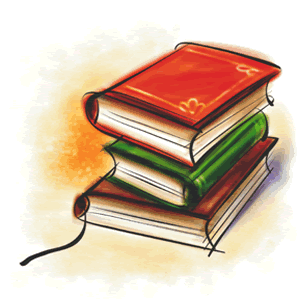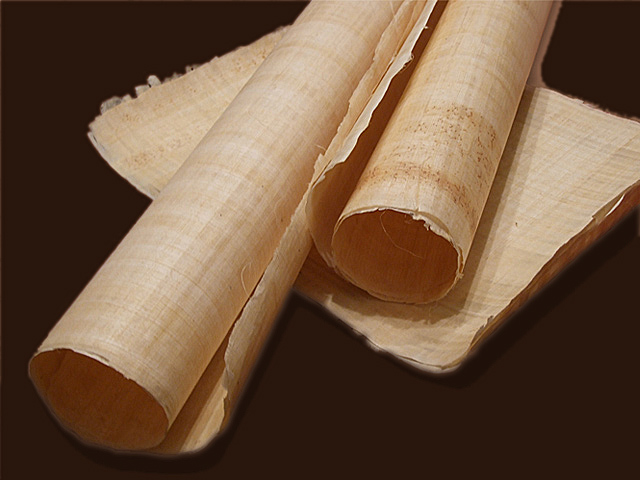The physical structure of the book is in some ways just as versatile as the content that can be printed inside it. In general, when many people think of books they probably imagine something that looks like this:

But book didn't always look like that. In Ancient Egypt and around the Mediterranean, paper made from the papyrus plant was used in the first books. The paper was rolled into scrolls or bound into codices.

Modern books have a pretty standard aesthetic, at least to the untrained eye. But for those who specialize in bookmaking, every book has an extremely different compsition, and there are hundreds, if not thousands, of decisions that go into printing a book. We visited Meridian Printing Co. in East Grenwich, Rhode Island, to take a look at their specific process. Meridian works mostly with printing high-quality images for a variety of customers. They make pamphlets and brochures for colleges, artists books and postcards, and photography books. Because of they focus on high-quality specialty printing, Meridian's process focuses on color and paper quality, in to give each customer the exact look they desire for their book. Meridian prints for Ansel Adams, a renowned photographer (click to read an article about the importance of quality printing in the realm of photography books) among many other notable books for the Smithsonian Institute, the Time Warner Book Group, and Brown University. Meridian's website is worth taking a look at; it talks about who they print for and what kind of equipent they use.
On the other side of the spectrum from Meridian, books are hand-made in book arts studios, where the focus tends to be more on the art form, rather than utilitarianism. Brown has it's own book arts studio in the basement of the John Hay library. We visited the Art of Book class (visa1240 & 1250) to take a closer look at how artists make books by hand. Whereas Meridian only does printing, many book artists work with the entire process of bookmaking from start to finish-- thinking up text and images; designing their placement on the page; choosing a type face, size, and spacing; choosing or making paper; cutting images out of a wood block; printing by hand or with a printing press; assembling the book board with leather or paper; folding together the paper into "signatures," and sewing or gluing the book together. These books often become artist's books, in which the physicality of the book reflects its content. We looked at artists' books as well, which are available upon request at the John Hay. Here are our Case Studies from the John Hay.
Another aspect of the physicality of the book that is pertinent is the cover art. The appearance of The Cover (and spine) of the book plays a huge role in consumerism and the reader-book relationsip. Chip Kidd, a cover artist, has designed covers for a huge range of books from Michael Crichton's Jurrasic Park to Haruki Murakami's The Wind Up Bird Chronicle. Should the cover of the book reflect the book's content as much as possible, or should the cover be thought of as a piece of art (or a thing) in itself? If a book is re-printed with a new cover design, will the new one be more likely to be bought because of certain modern aesthetic qualities? Do cover designs take away some of the mystery of the book's contents, or add to a reader's desire to unveil that mystery? In some ways, these questions go back to the idea of the definition of the book, and whether the term "book" refers to the contents and ideas contained within, or the physical structure of the pages, size, thickness, cover (hard or soft?), cover art, and density of the book.
Along those same lines, if we define a book in terms of its physicality, then we are excluding other forms of books that don't fit into the basic material concept of a book. Online books, pop-up books, and books on tape are all examples of atypical books that might convey the same information as a book with typical materiality, but look/sound/feel different enough to be considered somewhat of a different "thing." Scroll down for a video of a really interesting pop-up book.
related pages:
[
